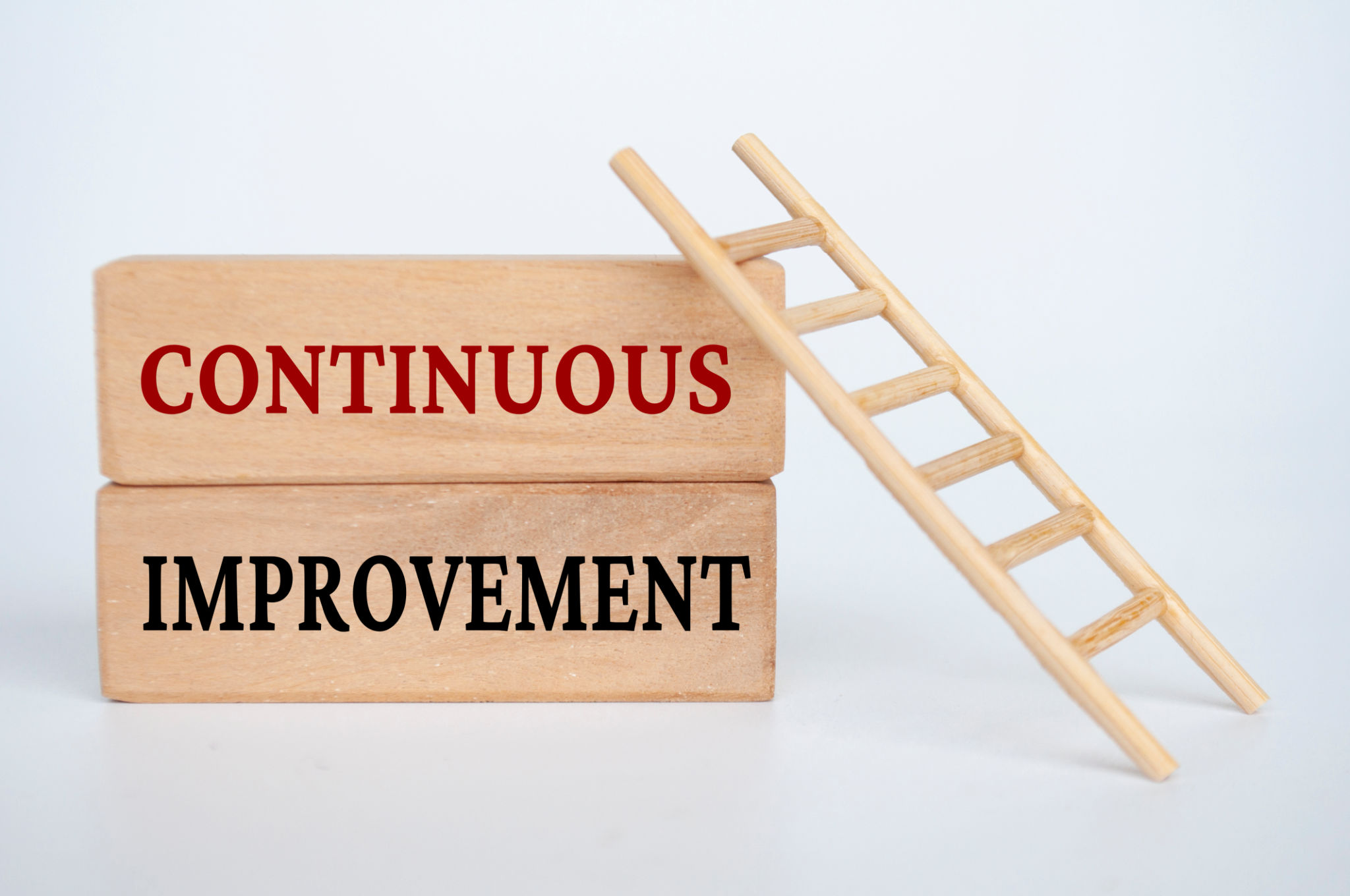Expert Tips for Streamlining Security Operations Through Automation
Understanding the Importance of Automation in Security Operations
In today's rapidly evolving digital landscape, security operations teams face mounting challenges. With an increasing number of threats and the complexity of modern IT environments, manual processes often prove insufficient. Automation offers a solution by streamlining operations, reducing human error, and enabling teams to respond more swiftly and effectively to potential threats.
Automation in security operations not only enhances efficiency but also allows security professionals to focus on more strategic tasks rather than getting bogged down with repetitive manual processes. By implementing automation, organizations can improve their security posture while optimizing resource allocation.

Identifying Tasks Suitable for Automation
Not all tasks in security operations are ideal for automation. Identifying the right processes is crucial for maximizing the benefits. Tasks that are repetitive, time-consuming, and prone to human error are prime candidates for automation. Examples include log analysis, threat intelligence gathering, and incident response procedures.
By automating these mundane tasks, organizations can ensure consistency and accuracy in their operations. Moreover, automation can facilitate faster detection and response times, significantly reducing the risk of breaches and minimizing potential damage.
Log Analysis and Threat Detection
Logs generate a wealth of information that, when analyzed correctly, can provide critical insights into potential security threats. Automating log analysis enables security teams to quickly identify anomalies and patterns that may indicate a breach or attack. By leveraging machine learning algorithms, automated systems can continually improve their detection capabilities over time.

Incident Response Automation
When a security incident occurs, time is of the essence. Automating incident response processes ensures a swift reaction to threats, minimizing downtime and reducing the impact of an attack. Automated systems can execute predetermined response protocols, such as isolating affected systems, notifying relevant personnel, and initiating recovery procedures.
With automation, security teams can maintain a consistent and effective response strategy across all incidents, ensuring that no steps are missed and that recovery efforts are streamlined.

Choosing the Right Automation Tools
Selecting the appropriate tools for automation is a critical step in optimizing security operations. Organizations should consider factors such as scalability, integration capabilities, and ease of use when evaluating potential solutions. It's essential to choose tools that align with existing infrastructure and processes to ensure seamless implementation.
Furthermore, involving key stakeholders from IT and security teams in the decision-making process can help ensure that the chosen tools meet the organization's specific needs and objectives. This collaborative approach fosters buy-in and facilitates smoother transitions to automated workflows.
Continuous Improvement Through Automation
Implementing automation is not a one-time effort but rather an ongoing process of refinement and enhancement. As threats evolve and new technologies emerge, security operations must continuously adapt to remain effective. Regularly reviewing and updating automated processes ensures they remain relevant and efficient.
Feedback from security personnel is invaluable in this process. By analyzing performance metrics and gathering input from users, organizations can identify areas for improvement and make necessary adjustments to their automation strategies.

Conclusion
Streamlining security operations through automation is an essential strategy for modern organizations seeking to bolster their defenses against cyber threats. By identifying suitable tasks for automation, selecting the right tools, and committing to continuous improvement, businesses can enhance their security posture while freeing up valuable resources for strategic initiatives.
Embracing automation not only improves efficiency but also empowers security teams to focus on proactive measures that drive long-term success in safeguarding digital assets.
